Retro Replay Review
Gameplay
The core mechanic of Balance is deceptively simple: guide a ball across a flat plane by tilting it with your mouse. From the first few levels, you’ll appreciate how intuitive the controls feel—moving the cursor slightly to the left sends the ball rolling gently, while a more dramatic tilt picks up speed in an instant. This direct manipulation gives you a real sense of agency, and every successful maneuver—or tragic plunge off the edge—feels like your own doing.
(HEY YOU!! We hope you enjoy! We try not to run ads. So basically, this is a very expensive hobby running this site. Please consider joining us for updates, forums, and more. Network w/ us to make some cash or friends while retro gaming, and you can win some free retro games for posting. Okay, carry on 👍)
Despite the straightforward premise, level layouts introduce a surprising amount of variety and challenge. Instead of merely steering from point A to point B, you must touch multiple targets in any order, all within a strict time limit. One wrong tilt can send your ball off the board, costing you one of ten precious lives. Meanwhile, timed sections, narrow bridges and dizzying rotating platforms keep your reflexes and patience on full alert.
Special fields such as jumpers, accelerators and crumbling tiles add layers of complexity. Jumpers fling your ball upward, letting you clear gaps but demanding precise timing on the landing. Accelerators boost your speed for a thrilling dash across a straightaway, only for it to be followed by a sudden drop or narrowing corridor. Crumbling tiles vanish seconds after contact, forcing you to plan your route on the fly. Combined, these elements ensure no two stages feel the same.
Graphics
Balance employs clean vector graphics to depict its levels, resulting in crisp lines and simple shapes. The untextured planes and flat color palettes may look minimalistic, but they serve a clear purpose: you can instantly see where every edge and gap lies. This stripped-down aesthetic keeps your focus firmly on the gameplay without the distraction of elaborate backgrounds or flashy effects.
While the visuals are undeniably functional, there’s still room for visual flair. Each level uses distinct color combinations to help you recognize different special fields at a glance—blue for accelerators, red for jumpers, gray for standard tiles, and so on. Rotating stages add a subtle dynamic element, with the entire plane spinning slowly to change your perspective and heighten the challenge.
Performance is rock-solid, even on modest hardware. Since Balance relies on vector rendering instead of heavy textures or shaders, you’ll experience consistently smooth frame rates. The simplicity of the graphics also means load times are virtually nonexistent, letting you jump straight into the action without waiting.
Story
Balance doesn’t offer a traditional narrative or characters; instead, it presents itself as a pure dexterity puzzle game. There’s no sprawling backstory or cutscenes—just you, the plane, and the targets to reach. This minimalist approach may disappoint gamers seeking an immersive tale, but it aligns perfectly with the game’s focus on precision and practice.
Rather than weaving a storyline, Balance lets the level design become its own form of storytelling. Each new challenge feels like the next chapter in a physics-based odyssey: you learn new mechanics in one stage, then use that knowledge to tackle progressively more intricate layouts. The absence of dialogue or plot means nothing distracts you from mastering the core skill of ball control.
If you’re after motivation to push forward, the password system provides a satisfying reward loop. After every handful of levels, you receive a code that unlocks later stages, giving you a tangible goal and a sense of progression. While it’s a far cry from an epic tale, it’s an effective way to keep you invested in conquering Balance’s toughest puzzles.
Overall Experience
Balance is a pure, unadulterated test of hand-eye coordination and patience. It’s not for casual players looking for a laid-back journey; you’ll need persistence to conquer its trickiest courses. The game’s minimalistic presentation and tight controls make every narrow escape and timed jump feel tremendously rewarding.
Progression is paced deliberately: you’ll breeze through the opening levels, then suddenly find yourself on a stage that demands near-flawless execution. Expect to retry many times, learning from each failure. If you have the determination to push through repeated deaths and time penalties, you’ll discover a deeply satisfying learning curve and a real sense of mastery.
For fans of classic dexterity and puzzle challenges, Balance offers a compelling blend of simplicity and depth. It’s a niche experience, best suited to those who revel in trial-and-error gameplay and minimalist design. If you crave a game that tests your reflexes and rewards perseverance without story distractions, Balance is an engaging—and occasionally maddening—adventure in applied gravity.
 Retro Replay Retro Replay gaming reviews, news, emulation, geek stuff and more!
Retro Replay Retro Replay gaming reviews, news, emulation, geek stuff and more!
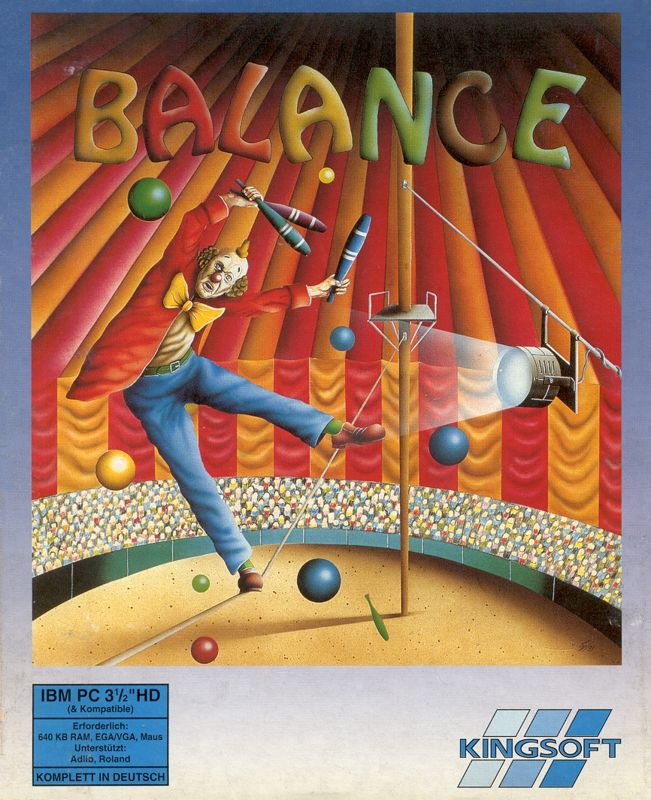
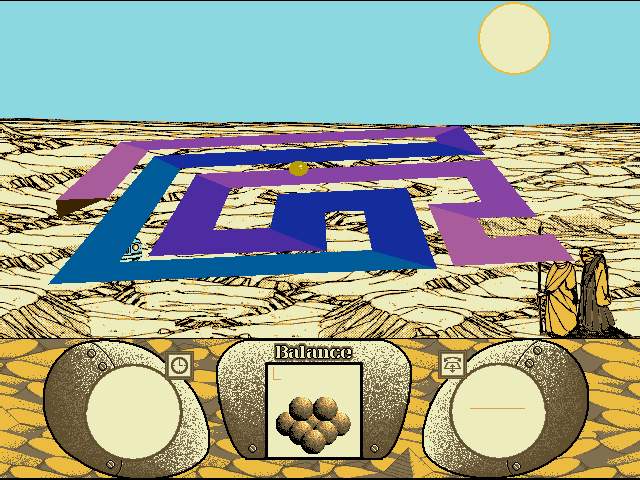
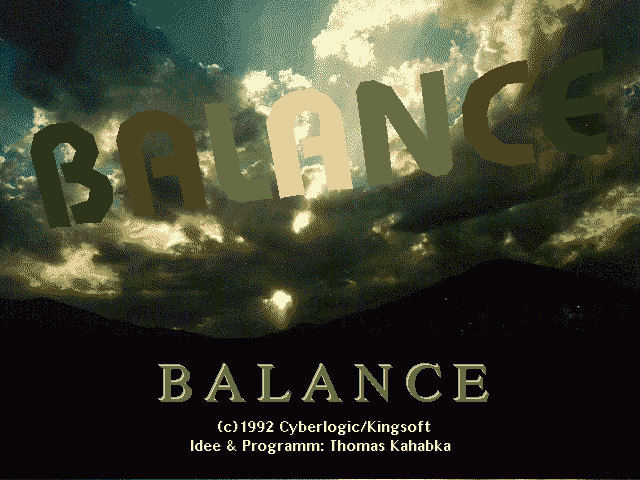
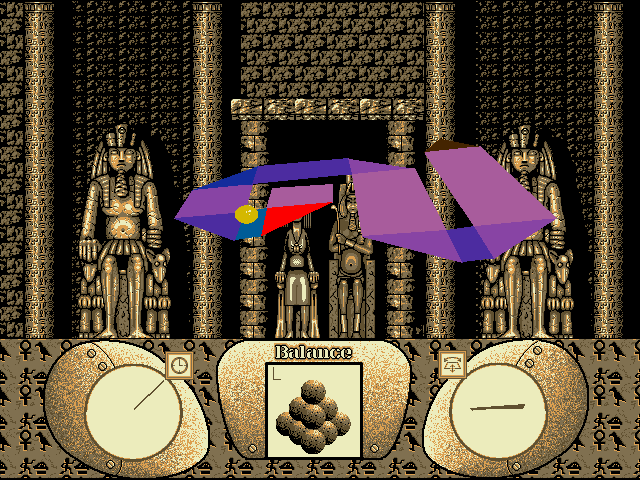
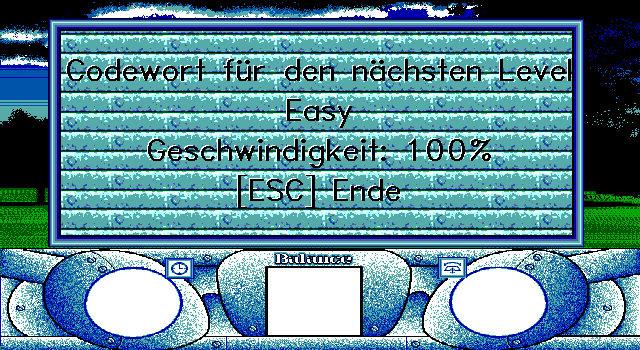
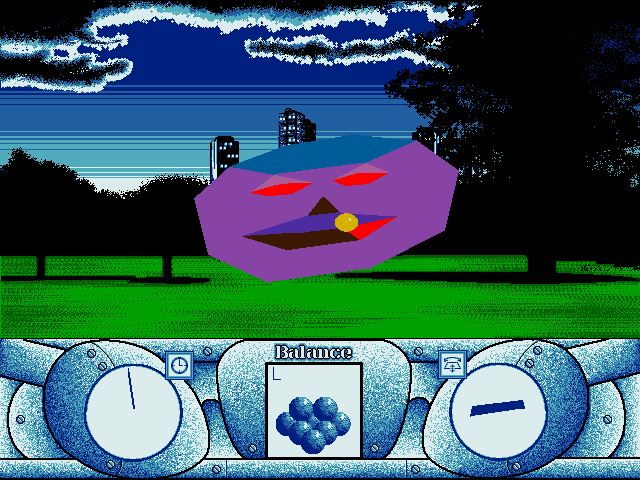



Reviews
There are no reviews yet.